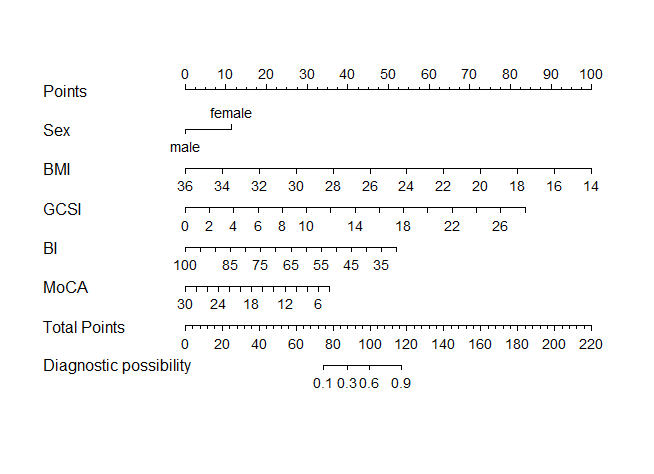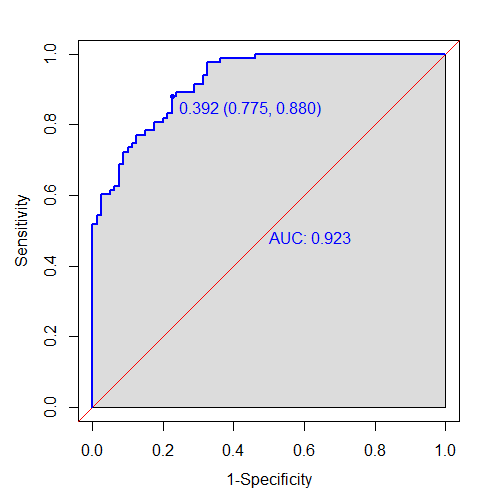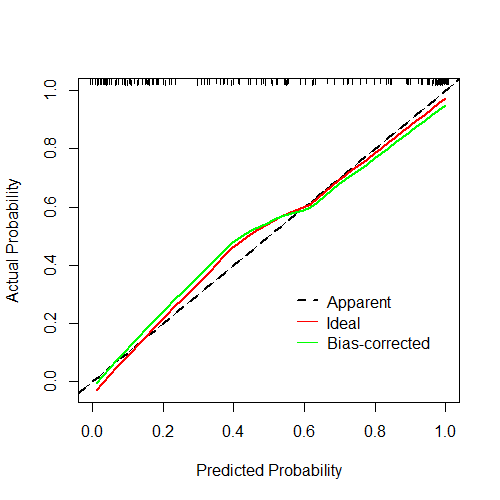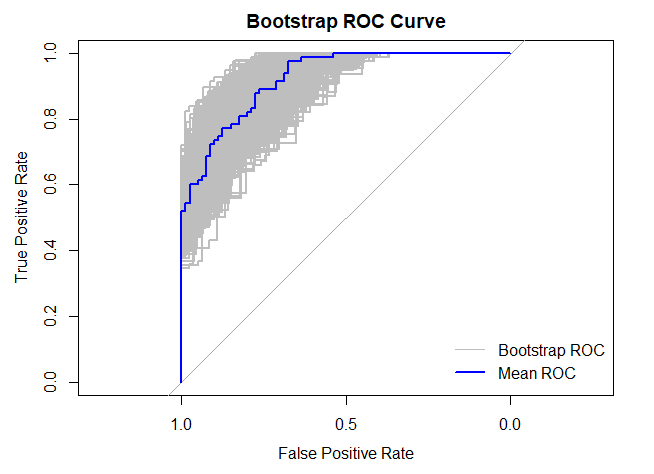Category: Parkinson's Disease: Non-Motor Symptoms
Objective: This study aims to develop and validate a Nomogram prediction model for assessing malnutrition risk in PD patients.
Background: Parkinson’s disease (PD) is a neurodegenerative disease that affects the nervous system. It has diverse clinical manifestations, including motor symptoms and non-motor symptoms. Malnutrition is one of the non-motor symptoms that is often overlooked but is closely related to the progression of the disease, symptom fluctuation, and cognitive dysfunction. However, there is a lack of tools to predict the risk of malnutrition in PD patients, and malnutrition screening is often overlooked.
In recent years, clinical prediction models have gained attention from healthcare professionals. One of the most widely used prediction models is the nomogram, which has been used to construct malnutrition risk prediction models for chronic heart failure, type 2 diabetes, and other diseases. However, there is no report on malnutrition risk prediction in PD.
Method: A cross-sectional study was conducted from February 2022 to December 2023. Parkinson’s disease patients from both inpatient and outpatient departments were enrolled in the study. The Mini Nutritional Assessment (MNA) was used to evaluate the nutritional status of patients. The nomogram was developed based on the risk factors identified through univariate and multivariate logistic regression analyses. The accuracy of the model was assessed using the receiver operating characteristic curve (ROC), the area under the ROC (AUC), the concordance index (C-index), and calibration curves.
Results: The study involved 163 patients, with a malnutrition prevalence of 4.29%. Furthermore, 46.63% of patients were at risk of malnutrition. The key risk factors identified for malnutrition in this cohort were gender, BMI, GCSI score, Barthel score, and MOCA score [Fig.1]. The AUC of the nomogram model reached 0.923 (95% CI: 0.89-0.96, Fig.2), with an optimal cutoff value of 0.392 [Fig.3]. The model demonstrated a sensitivity of 77.5% and a specificity of 88%. Bootstrap-based internal verification results revealed a C-index of 0.922, while the calibration curves indicated a strong correlation between the actual and predicted malnutrition risks [Fig.4].
Conclusion: The prevalence of malnutrition is high in patients with Parkinson’s disease. The Nomogram model proves to be an effective predictive tool for malnutrition in patients with Parkinson’s Disease.
Nomogram
ROC curve of the prediction model
Calibration curve of the prediction model
internal validation of the prediction model
To cite this abstract in AMA style:
Q. Huang, X. Zou. A Nomogram Model for Predicting Malnutrition among Patients with Parkinson’s Disease [abstract]. Mov Disord. 2024; 39 (suppl 1). https://www.mdsabstracts.org/abstract/a-nomogram-model-for-predicting-malnutrition-among-patients-with-parkinsons-disease/. Accessed October 20, 2025.« Back to 2024 International Congress
MDS Abstracts - https://www.mdsabstracts.org/abstract/a-nomogram-model-for-predicting-malnutrition-among-patients-with-parkinsons-disease/




